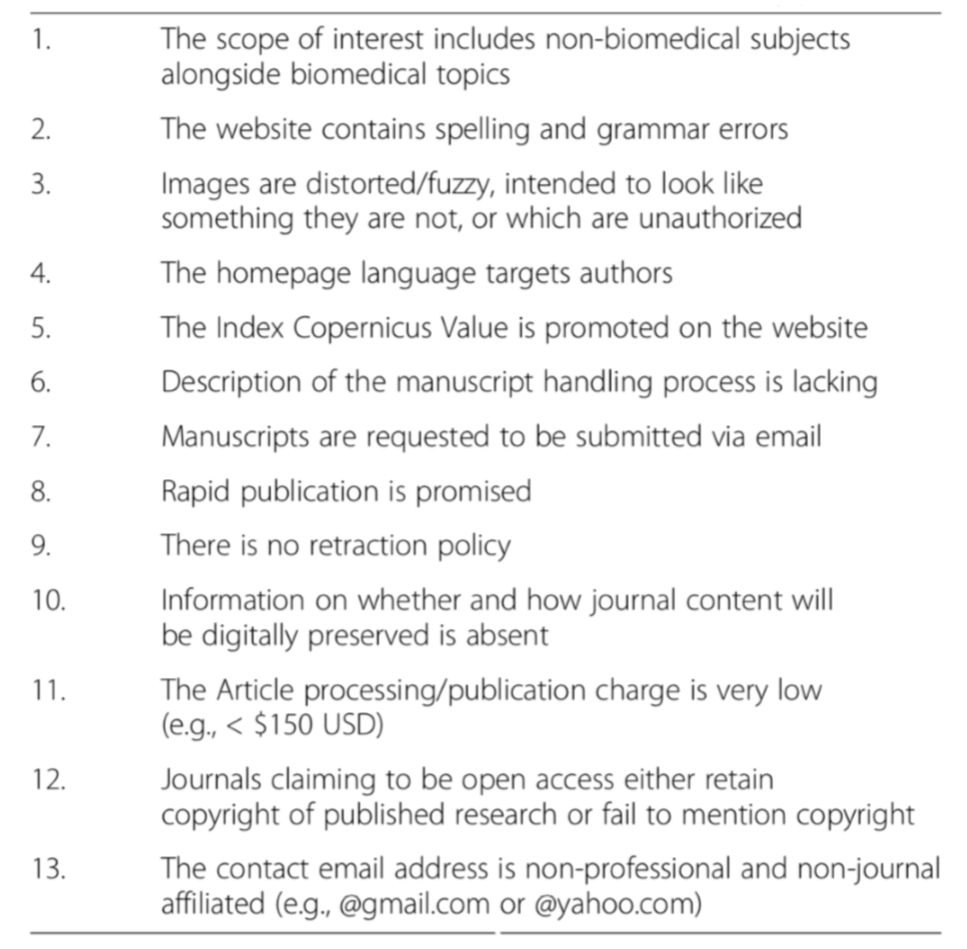In the past much of the practice of physiotherapy was governed by anecdotal evidence. Much has changed with the passing of time. Evidence based practice now forms the cornerstone of the physiotherapy profession. This has led to practitioners letting go of many long held beliefs. Evidence based practice requires high quality research to support it. This has led to an increasing number of physiotherapists who are carrying out research and being published. This is seen even more so with therapists who work in an academic setting where the dreaded publish or perish is often touted.
This has led to a relatively new phenomenon, the rise of the predatory scholarly journals. Physiotherapists are being targeted by these journals. Being published in such a journal may be seen as a stain on the researcher’s reputation. Predatory journals often give very little oversight as it regards what is published as research. Getting published by a reputable journal is often a time consuming affair. This is due to all the requirements that need to be met. This includes proper editing of content, papers being peer reviewed and publishing services. Predatory journals do not provide such high quality service.
Inexperienced authors are often targeted. They provide a soft target as they are often not familiar with what constitutes a predatory journal. The excitement of being published may blind them to the red flags. These journals attempt to solicit money from researchers in exchange for publishing research. Predatory journals will bombard researchers via email invitations in a bid to gain their attention.
There are signs a physiotherapy researcher and can look out for as it regards predatory journals. Many established journals do not solicit research. They also have high rejection rates of the research that is sent in to them. According to Shamseer et al there are 13 characteristics of a predatory journal. Making note of the above will help you avoid the pitfalls.

The internet has given such a great advantage to physiotherapists in regard to garnering information. It has on the other hand facilitated these journals through the policy of open access. Jeffrey Beall created a list of journals which we deemed to be predatory. It was rather disconcerting when one noted how long the list was. Beall’s list was archived and shut down (though it still can be found on the internet). Cabell’s Blacklist now fills the void. Cabell’s Blacklist was created to aid researchers in the matter of predatory journals. It uses 65 criteria to determine if a scholarly journal is predatory. Access to this list can only be gained through purchase.
As physiotherapists it is imperative that we are aware of predatory scholarly journals. This knowledge is important not only for researchers but for all physiotherapists as we look towards research to guide us in giving quality care to our clients. It is important that the research which guides our practice be of the highest quality.